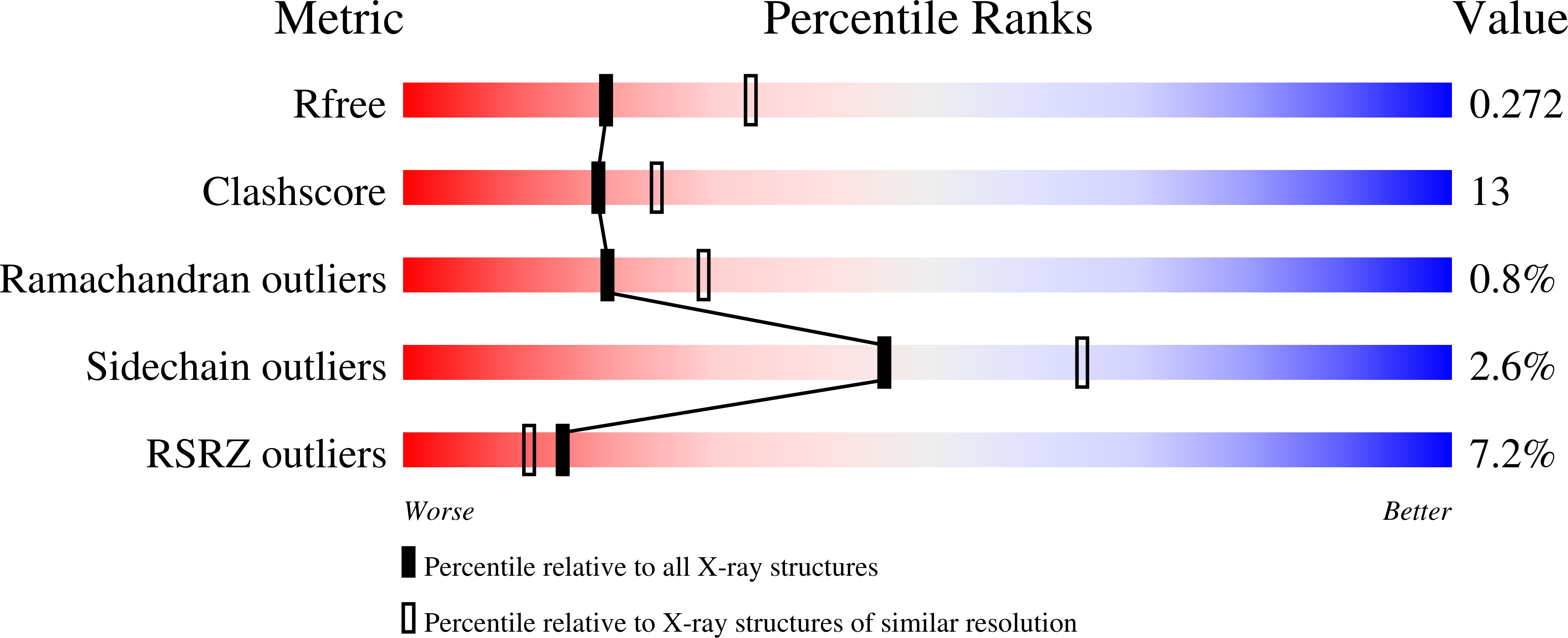
Deposition Date
2020-12-14
Release Date
2022-01-12
Last Version Date
2024-11-06
Entry Detail
PDB ID:
7B9P
Keywords:
Title:
Structure of Ribonucleotide reductase from Rhodobacter sphaeroides
Biological Source:
Source Organism:
Host Organism:
Method Details:
Experimental Method:
Resolution:
2.65 Å
R-Value Free:
0.27
R-Value Work:
0.22
R-Value Observed:
0.23
Space Group:
P 65 2 2


